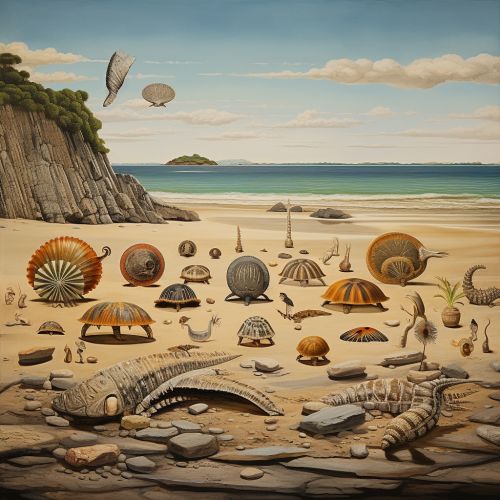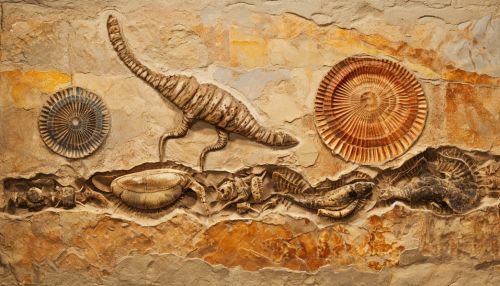Evolutionary Theory
Introduction
The theory of evolution is a scientific explanation for the diversity of life on Earth. It explains how life forms have changed over time, through a process of slow, gradual changes. This theory is supported by a wide range of evidence from many different fields of science, including paleontology, genetics, and comparative anatomy.
Historical Background
The idea of evolution has been around for centuries, but it was not until the 19th century that it began to be widely accepted by the scientific community. The most influential figure in this shift was Charles Robert Darwin, a British naturalist who proposed the idea of natural selection as the mechanism for evolution.
Natural Selection
Natural selection is the process by which certain traits become more or less common in a population over time. This occurs because individuals with certain traits are more likely to survive and reproduce than others. Over time, these advantageous traits become more common in the population, leading to changes in the species as a whole.
Genetic Drift
Another important mechanism of evolution is genetic drift, which is the change in the frequency of a gene variant in a population due to random sampling. Unlike natural selection, genetic drift does not favor the survival or reproduction of individuals based on their genetic makeup. Instead, it is a random process that can lead to large changes in populations over time.
Mutation
Mutations are changes in an organism's DNA that can lead to new variations in traits. These changes can be caused by errors in DNA replication or by environmental factors such as radiation. While most mutations are neutral or harmful, some can be beneficial and contribute to evolution by providing new variations for natural selection to act upon.
Speciation
Speciation is the process by which new species are formed. This can occur when populations of the same species become isolated from each other, either geographically or genetically. Over time, these isolated populations can evolve into distinct species.
Evidence for Evolution
There is a vast amount of evidence supporting the theory of evolution. This includes fossil records, which show a progression of life forms over time, and genetic evidence, which shows that all life is related and has evolved from a common ancestor. Other forms of evidence include the geographic distribution of species and the similarities and differences in the anatomy of different species.
Impact on Science and Society
The theory of evolution has had a profound impact on many areas of science and society. It has influenced our understanding of biology, medicine, and psychology, among other fields. It has also sparked ongoing debates about religion, ethics, and education.
See Also


